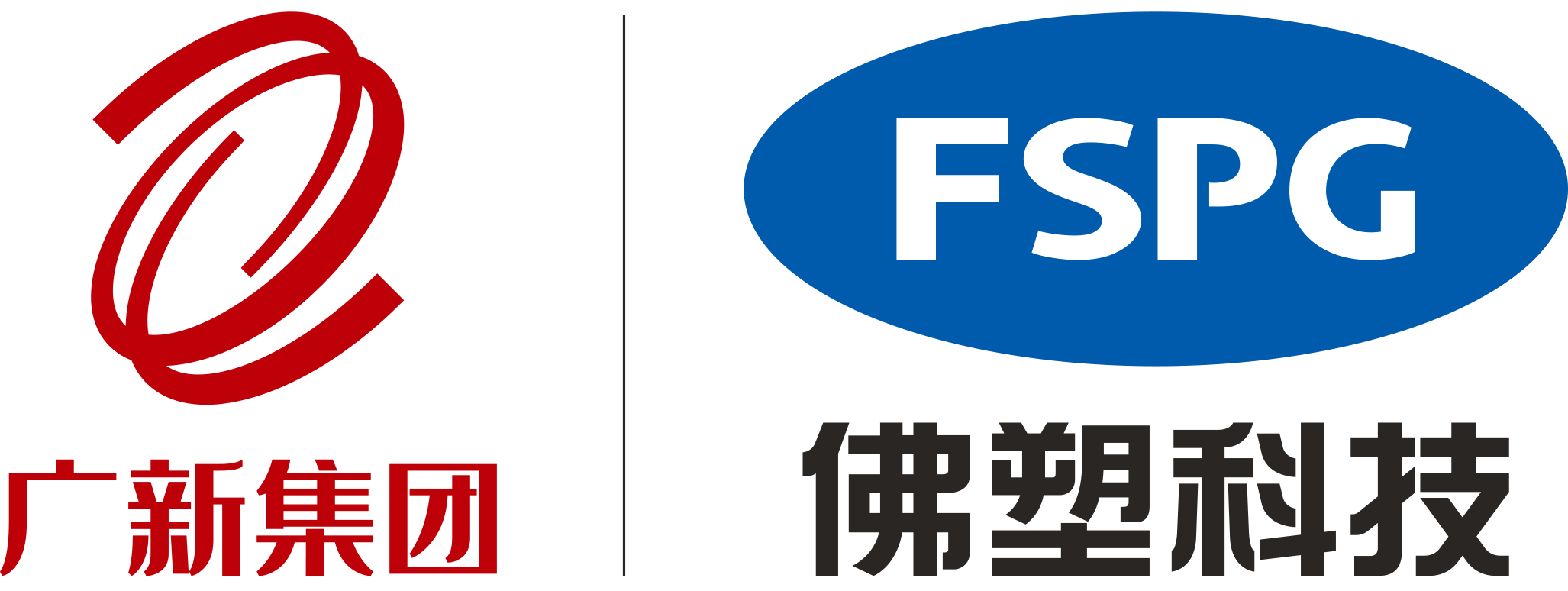Views: 0 Author: Site Editor Publish Time: 2024-08-08 Origin: www.fspgfilm.com








BOPP (Biaxially Oriented Polypropylene) film and polyester film are two widely used materials in the packaging industry. Both films have distinct properties and applications, making them suitable for various uses. Understanding the differences between these two films can help in selecting the right material for specific applications.
BOPP film is made from polypropylene, which is stretched in both the machine direction (MD) and across the machine direction (AMD). This biaxial orientation process enhances the film's strength, clarity, and barrier properties. Some key properties of BOPP film include:
High Clarity: BOPP films are known for their excellent clarity and gloss, making them ideal for packaging that requires a clear view of the product.
High Tensile Strength: The biaxial orientation process gives BOPP films high tensile strength, making them durable and resistant to tearing.
Good Barrier Properties: BOPP films provide good moisture barrier properties, which help in extending the shelf life of packaged products.
Heat Sealability: BOPP films can be heat-sealed, which is essential for creating secure packaging.
Lightweight: BOPP films are lightweight, which can reduce shipping costs and environmental impact.
BOPP films are used in a variety of applications due to their versatile properties. Some common applications include:
Food Packaging: BOPP films are widely used in food packaging for products such as snacks, confectionery, and fresh produce. Their moisture barrier properties help in preserving the freshness of the food.
Labeling: BOPP films are used for labeling applications due to their clarity and printability.
Stationery: BOPP films are used in the production of stationery items such as adhesive tapes and laminates.
Textile Packaging: BOPP films are used for packaging textiles and garments, providing protection against dust and moisture.
Polyester film, also known as PET (Polyethylene Terephthalate) film, is made from the polymerization of ethylene glycol and terephthalic acid. Polyester films are known for their excellent mechanical and thermal properties. Some key properties of polyester film include:
High Tensile Strength: Polyester films have high tensile strength, making them durable and resistant to tearing.
Excellent Dimensional Stability: Polyester films maintain their shape and size under various environmental conditions, including changes in temperature and humidity.
Good Barrier Properties: Polyester films provide excellent barrier properties against gases, moisture, and odors, making them suitable for food packaging.
High Temperature Resistance: Polyester films can withstand high temperatures, making them suitable for applications that require heat resistance.
Good Electrical Insulation: Polyester films have good electrical insulating properties, making them suitable for electrical and electronic applications.
Polyester films are used in a variety of applications due to their excellent properties. Some common applications include:
Food Packaging: Polyester films are used in food packaging for products such as snacks, beverages, and frozen foods. Their barrier properties help in preserving the quality and freshness of the food.
Electrical Insulation: Polyester films are used as insulating materials in electrical and electronic applications, such as in capacitors and transformers.
Industrial Applications: Polyester films are used in various industrial applications, including as release liners, protective films, and in the production of flexible printed circuits.
Graphics and Printing: Polyester films are used in graphics and printing applications due to their excellent printability and dimensional stability.
The primary difference between BOPP film and polyester film lies in their material composition. BOPP film is made from polypropylene, while polyester film is made from polyethylene terephthalate. This difference in material composition results in distinct properties and applications for each film.
Both BOPP and polyester films have high tensile strength, but polyester films generally have higher tensile strength and better dimensional stability compared to BOPP films. Polyester films also have better resistance to high temperatures, making them suitable for applications that require heat resistance.
Both films provide good barrier properties, but polyester films generally offer better barrier properties against gases and odors compared to BOPP films. However, BOPP films provide excellent moisture barrier properties, making them suitable for packaging applications that require moisture protection.
BOPP films are known for their high clarity and gloss, making them ideal for packaging applications that require a clear view of the product. Polyester films also have good clarity, but they may not be as glossy as BOPP films.
BOPP films have excellent heat sealability, making them suitable for packaging applications that require secure sealing. Polyester films can also be heat-sealed, but they may require higher temperatures compared to BOPP films.
The cost of BOPP and polyester films can vary depending on the specific grade and application. Generally, BOPP films are more cost-effective compared to polyester films, making them a popular choice for packaging applications that require a balance of performance and cost.
In conclusion, both BOPP and polyester films have unique properties that make them suitable for various applications. BOPP films are known for their high clarity, moisture barrier properties, and cost-effectiveness, making them ideal for food packaging, labeling, and stationery applications. Polyester films, on the other hand, offer excellent mechanical properties, dimensional stability, and barrier properties against gases and odors, making them suitable for food packaging, electrical insulation, and industrial applications. Understanding the differences between these two films can help in selecting the right material for specific applications.
Home | Products | Green Product | Contact Us | Sitemap | Privacy Policy
